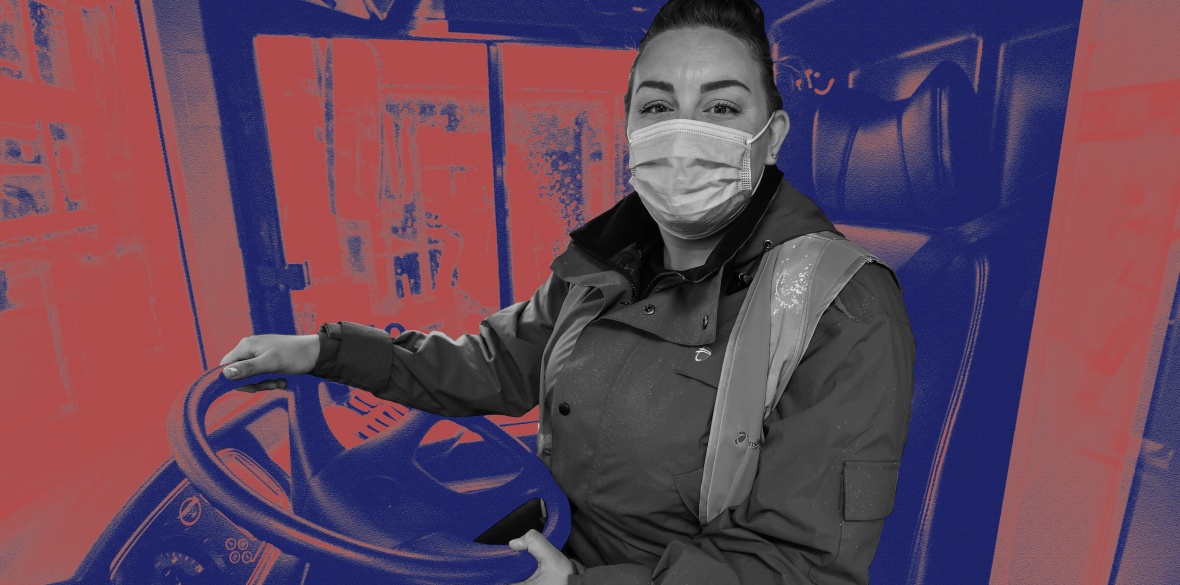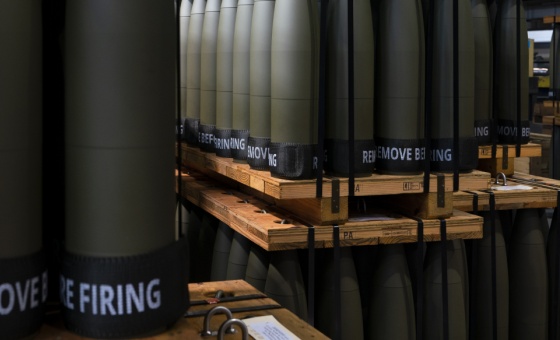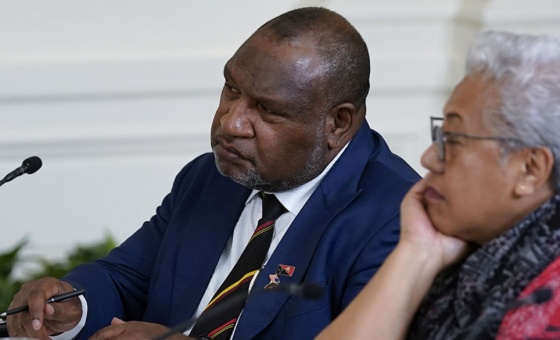This is the last article you can read this month
You can read more article this month
You can read more articles this month
Sorry your limit is up for this month
Reset on:
Please help support the Morning Star by subscribing here
COPIES of the Sars-CoV-2 virus, which is causing the current pandemic, linger in the respiratory tract of infected people, seemingly regardless of whether they show any symptoms of infection.
Common actions such as speaking or singing, as well as coughing and sneezing, expel “droplets” that contain copies of the virus.
Transmission of the virus between people can occur through these droplets if they land directly in the mouth or nose of another person.
It can also occur if droplets land somewhere and another person touches an infected surface and then, for example, puts their hand in their mouth.
Much research has focused on exactly how far these droplets travel after leaving the mouth. This depends significantly on size. Very small droplets might even be small enough to remain in the air rather than landing on a surface.
These small droplets are referred to as aerosols and might cause truly airborne transmission.
There is currently little evidence that Sars-CoV-2 spreads this way, although it is possible. Scientific recommendations therefore concentrate on trying to stop people unknowingly spraying droplets on each other.
While there is no “magic” safe distance, maintaining a distance of about two metres (the further the better) from each other stops the droplets expelled by others from reaching you.
Washing your hands regularly stops you from passing droplets that you have come into contact with on surfaces into your body.
And cleaning surfaces regularly can remove the build-up of infectious droplets.
One measure has become needlessly contentious: wearing a mask or face covering.
This should play a two-fold role: stopping droplets that you emit from reaching others while also stopping other droplets entering your mouth and nose.
We say “should” because the evidence is still emerging, yet it is likely that masks do have a positive effect.
Contention emerged because prior to the coronavirus pandemic there was limited evidence that wearing a mask reduces influenza transmission.
Much of this research has had to be re-evaluated in the context of coronavirus.
Some studies of influenza transmission found no difference in influenza infection rates between mask-wearing and non-mask-wearing populations, suggesting that masks don’t prevent influenza infection.
However, it has been found that once someone in a mask-wearing household became infected then they were significantly less likely to infect others in the household, because masks reduce the amount you infect others in close proximity.
What this meant for the impact of widespread mask use on influenza transmission in general was an open question.
The World Health Organisation guidance on the use of masks in the community setting in influenza A (H1N1) outbreaks published back in 2009 states: “In the community, however, the benefits of wearing masks has not been established, especially in open areas.”
This lack of evidence explains the reluctance of the WHO in recommending mask-wearing by the public for the coronavirus pandemic, especially since they were worried that doing so might divert crucial protective equipment from front-line healthcare workers.
So what has changed? The evidence that has emerged so far is that Sars-CoV-2 transmission seems to only be transmitted by larger droplets, which are more easily blocked by even home-made cloth masks.
This is not the case with influenza, which has been found to transmit by aerosols. As explained above, aerosols can not only travel further, making social distancing less effective, but also require using masks with a much finer filter to prevent very small droplet emission.
Scientists researching Sars-CoV-2 can’t observe the moment that someone is infected or work it out after the fact.
They have to use case studies, patient histories and clinical trials to try to piece together possible transmission routes.
Often you have to make assumptions about how the virus spreads based on other respiratory infections and then update your understanding as events unfold.
A number of techniques are now being developed and refined to measure both the extent to which we expel droplets of varying sizes, as well as the ability of different types of masks to prevent this.
One study got a volunteer to speak into a dark box with one plane of light cutting through it.
The droplets reflected the light as they passed through it which was captured by a slow-motion camera.
Another study measured the microorganisms growing in a box-shaped petri dish after volunteers coughed into the boxes with and without masks.
The various studies all agree that surgical-grade masks are the most effective at stopping droplet emission, but simple, home-made masks made from old T-shirts or other bits of fabric also seem to be somewhat effective.
For the coronavirus pandemic, masks and face coverings must be accepted as one of many tools to reduce transmission.
We must now wait and see whether encouraging widespread mask use is effective at a population level.
Showing that an intervention method works in principle in a laboratory is not a guarantee that they will be effective when it comes to the real world.
For example, finding that masks block 75 per cent of droplets in an experiment may not mean that they reduce transmission by 75 per cent.
Masks lose their effectiveness if they do not fit correctly or are not worn correctly (such as around the mouth only).
They also may not be fully effective if people do not also wash their hands often enough.
How effective they are will rely on how they are adopted as part of public life.
Masks are now required on many forms of public transport and will be required in shops from July 24.
Given the disproportionate risks to people who work in social public-facing jobs, requiring people to wear masks is a way that people can reduce the harm that they represent to the people who work in service jobs.
Understanding exactly for whom the masks work could be persuasive in getting people to wear them, as the police rightly point out this week that they will not be able to enforce mask-wearing in shops. Increasing uneven application of fines and police enforcement would be an extremely dangerous development.
While widespread mask use will certainly reduce transmission somewhat, it should not be viewed as a silver bullet.
It is concerning that the British government has started to recommend mask use, which seems to be beneficial but is very unlikely to prevent 100 per cent of transmission, while also choosing to reduce social distancing by sending people back to work and reopening schools, shops and pubs.
All that can be certain is that nothing can mask the monumental failure of the British government to keep its citizens safe.











